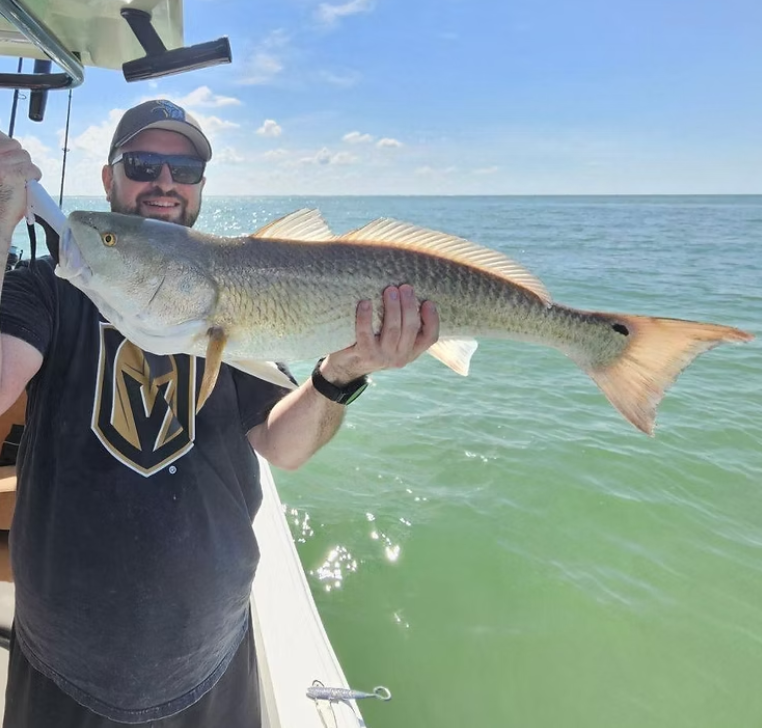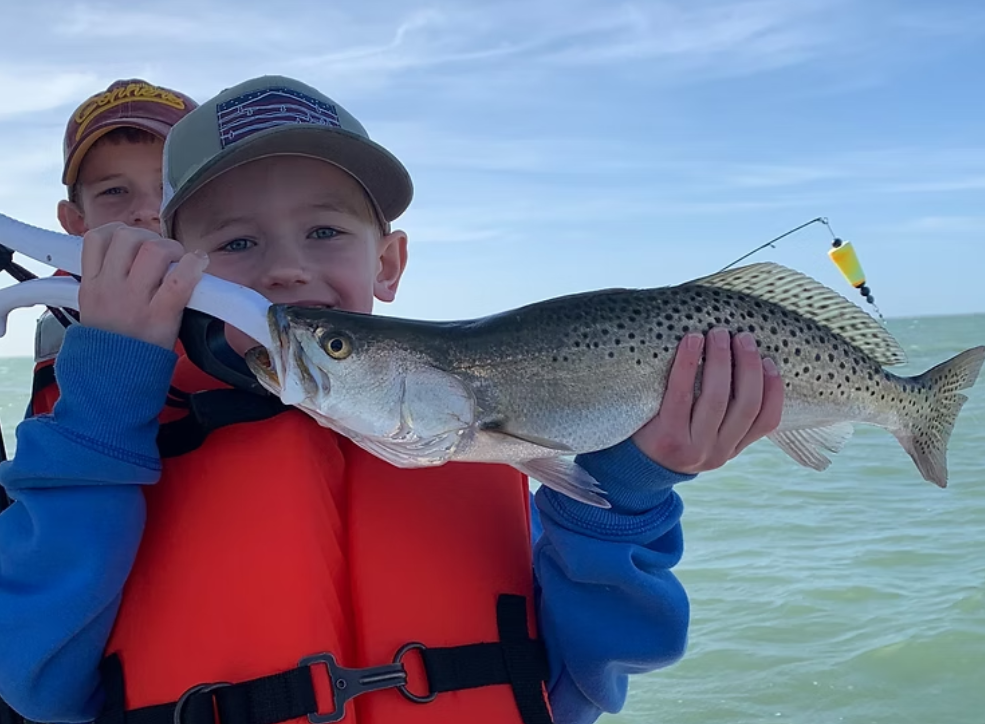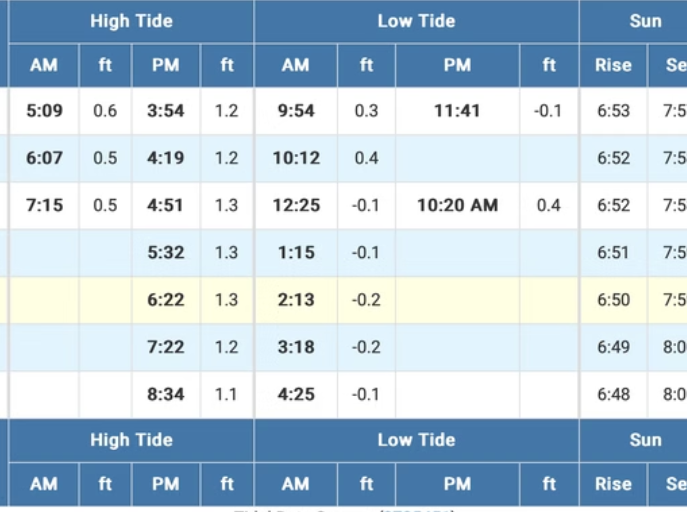Why teaching our youth to fish is a true gift
In a world increasingly dominated by screens and indoor pursuits, there's a quiet, profound magic in the simple act of fishing. It's more than just a hobby; it's a powerful tool for teaching invaluable life lessons to our youth. Here in Cape Coral, with our abundant waterways, we have a fantastic opportunity to share this gift with the next generation.
So, why should we make the effort to teach our kids to fish?
1. Connecting with Nature, Disconnecting from Screens:
Let's be honest, getting kids to unplug can be a challenge. Fishing offers a compelling reason to step outside and breathe in fresh air. It encourages an appreciation for the natural world, from the shimmering scales of a fish to the rustle of reeds in the breeze. This connection to nature is vital for physical and mental well-being, fostering a sense of wonder and respect for our environment.
2. Cultivating Patience (A Much-Needed Skill!):
Fishing is the ultimate lesson in patience. You cast your line, you wait, and sometimes you wait some more. In our instant-gratification society, this can be a tough pill to swallow, but it's an essential one. Kids learn that good things come to those who wait, and that persistence often pays off. This patience translates into so many other areas of life, from academics to personal relationships.
3. Developing Problem-Solving and Critical Thinking:
Why isn't the fish biting? Is my bait wrong? Do I need to move to a different spot? Fishing inherently encourages observation and problem-solving. Kids learn to analyze situations, adapt their techniques, and think critically about their surroundings. They understand that success often requires trial and error, and that setbacks are just opportunities to learn.
4. Fostering Responsibility and Respect:
From properly handling a fish to understanding catch-and-release practices, fishing teaches responsibility. Kids learn about the delicate balance of ecosystems and the importance of conservation. They develop respect for wildlife and the environment, becoming stewards of our natural resources rather than just consumers.
5. Building Self-Reliance and Confidence:
There's a unique sense of accomplishment that comes with catching your first fish, or even successfully casting your line. Fishing empowers kids with practical skills and builds their confidence as they master new techniques. It's an activity where they can see the direct results of their efforts, fostering a sense of capability and independence.
6. Creating Lasting Memories and Strengthening Bonds:
Beyond all the valuable lessons, fishing is simply a fantastic way to spend quality time together. Whether it's a quiet morning on the pier or an adventurous boat trip, these shared experiences create cherished memories. It's an opportunity for unhurried conversations, laughter, and building stronger connections between generations.
In Cape Coral, we are surrounded by opportunities to introduce our youth to the joy of fishing. So, grab a rod, bait the hook, and take a child fishing. You're not just teaching them how to catch a fish; you're equipping them with skills, values, and memories that will last a lifetime. And who knows, you might just rediscover a little bit of that magic yourself.



